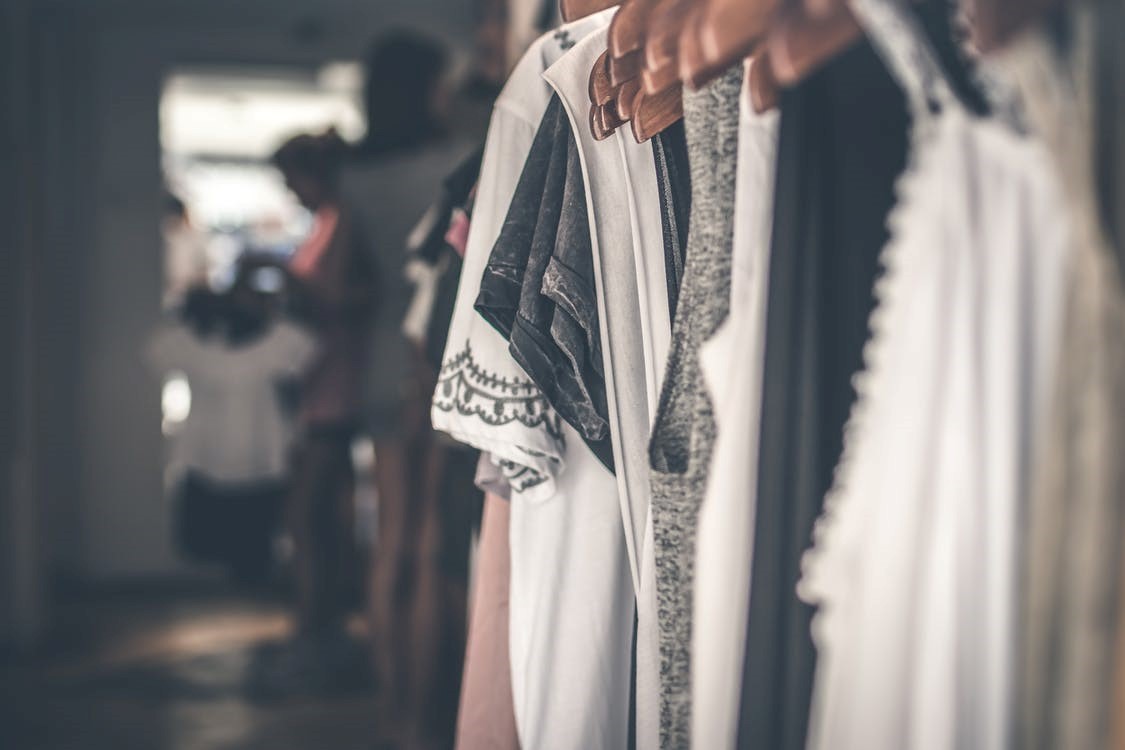How Much Do Our Wardrobes Cost to the Environment?

Do you know the amount of money you’ve spent on clothes in your closet? If you have the receipts, it’s easy to calculate. In general, there is a cost behind every dress, shirt, pair of jeans, or socks. And it goes unnoticed by the majority of people. This cost is the environment.
According to research studies conducted by the United Nations Environment Programme (UNEP), more than 3700 liters are used to make a pair of jeans from the production of cotton to the final product. This equates to the emission of about 33.4 carbon kilograms. If that is just one pair of jeans, imagine how much it costs for everything in your wardrobe.
Fun facts
Here are a few facts published by the Ellen Mac Arthur Foundation and UNEP:
1: Around ninety-three billion cubic meters of water is used by the fashion industry. This is enough for 5 million people.
2: An average of 20 percent of wastewater in the world comes from dyeing and treatment of the fabric
3: 87 percent of the total fiber used in clothing is disposed of or incinerated in a landfill.
4: The fashion industry is responsible for ten percent of global emissions. This is more than maritime shipping and international flights combined. At this rate, the fashion industry gas emissions will surge by more than 50 percent in less than fifteen years to come.
With changing lifestyles and demographics, global consumption of apparel will rise from 60 to 102 million metric tons in ten years.
Every year, tons of plastic microfibers are disposed of in the ocean. This is equivalent to fifty billion plastic bottles. The danger of doing this is microfibers can’t be extracted once it’s disposed in water. This means that they’ll eventually spread and affect everyone.
Design and production
The operating model of the fashion industry is making the problem difficult to solve by increasing the design and production pace. Today, collection launches are not seasonal. The replacement of inventories is happening frequently.
Most low-cost fashion stores offer new designs at least once every week. Back in 2000, fifty billion garments made it into the market. Twenty years later, this figure had doubled as reported by the Ellen MacArthur Foundation. The manufacturing pace of apparel has also made it easier for people to buy. Today, the average person buys sixty percent more clothes than two decades ago. The more people buy, the more they discard.
According to the Ellen MacArthur Foundation, less than one percent of used clothing is recycled. Every year, around 500 billion is lost in value thanks to clothing barely worn or donated and recycled. Students writing global warming essays should visit eduzaurus.com to find more facts about fashion and its effects on the environment.
Reinventing the industry
The fashion industry is at the heart of economic development. Economists have valued this industry at around 2.4 billion dollars. It has employed 75 million people around the world. It is the third-largest industry after technology and automobile.
This makes it harder for clothing makers to grow without affecting the environment, to promote better working conditions while becoming allies of the climate. A study conducted by the Boston Consulting Group found out that 32 percent of the major shareholders in the fashion industry were ready to make their operations sustainable. This means that the majority have done little to improve the environment.
Organizations such as Ellen MacArthur and the UN Alliance for Sustainable Fashion have called for a reinvention of the textile industry. The aim is to discover other better materials that organizations can use to make clothing durable so that it can be resold and recycled to minimize pollution. Some big brands have already started identifying alternatives to make their processes eco-friendly. This is the way to go!
Conclusion
Both producers and consumers are responsible for the climate. Therefore, consumers need to understand their role in this industry and get involved actively. They can avoid destroying the environment by buying from manufacturers that use sustainable processes, combining and recycling old garments, repairing clothes instead of buying new ones, donating clothes that they don’t use, buying what they need, prioritizing quality over quantity. And washing a lot of clothes once. There are a lot of things we can do together to sustain the environment. What are you going to start doing today to help the planet recover?


